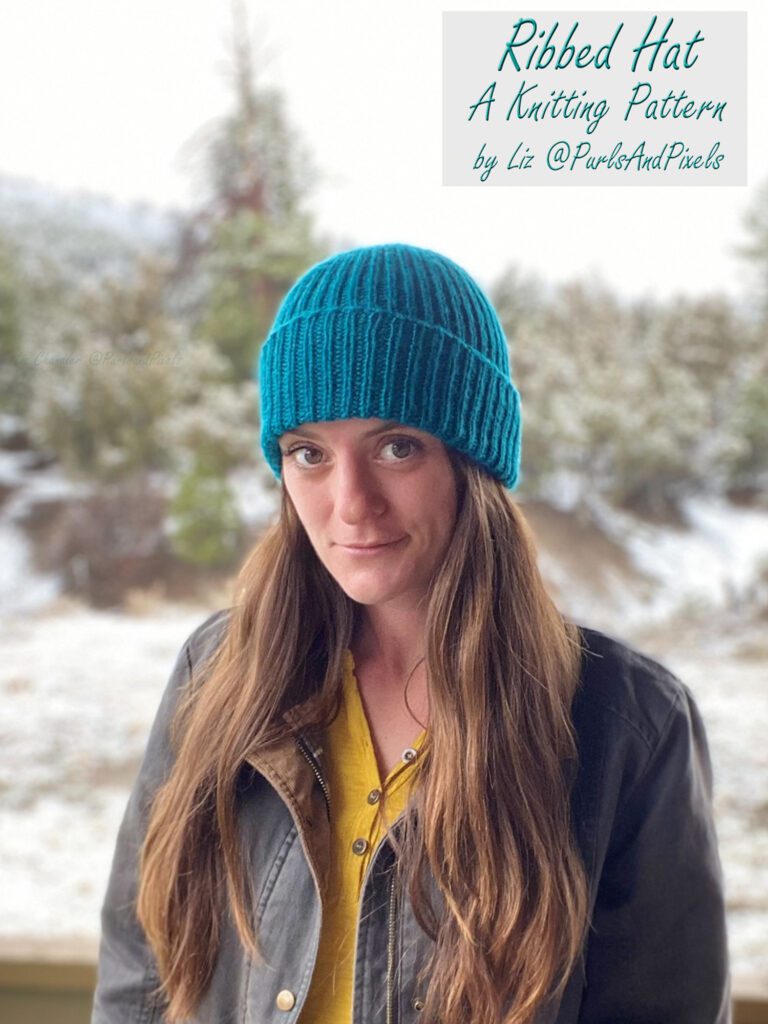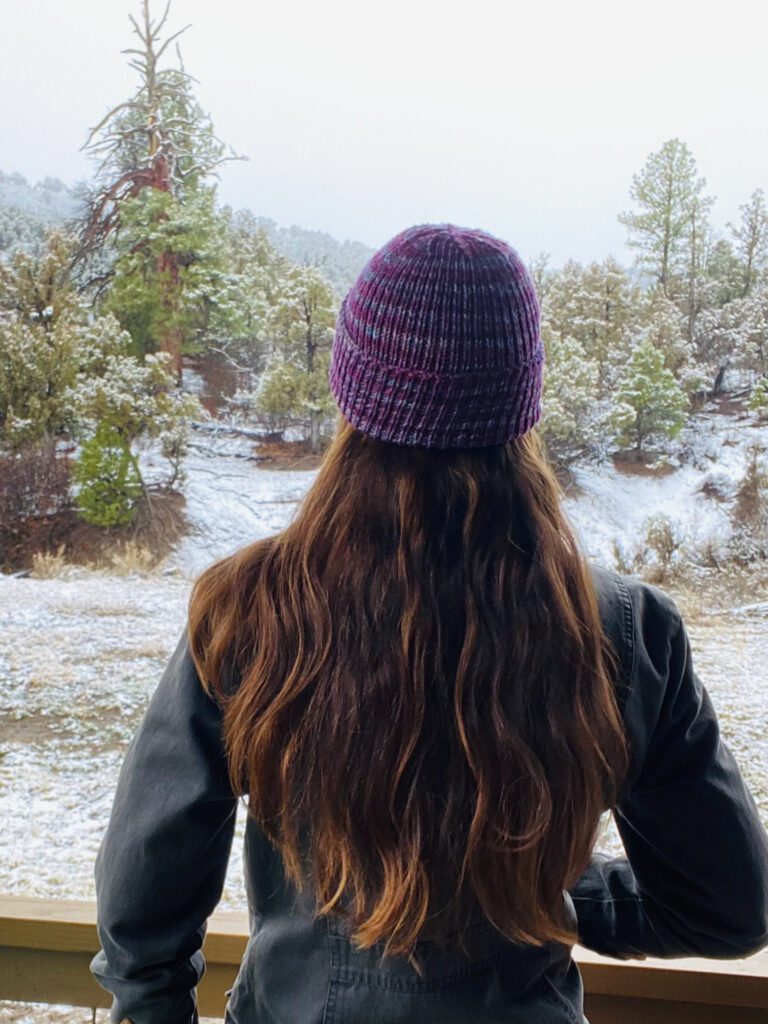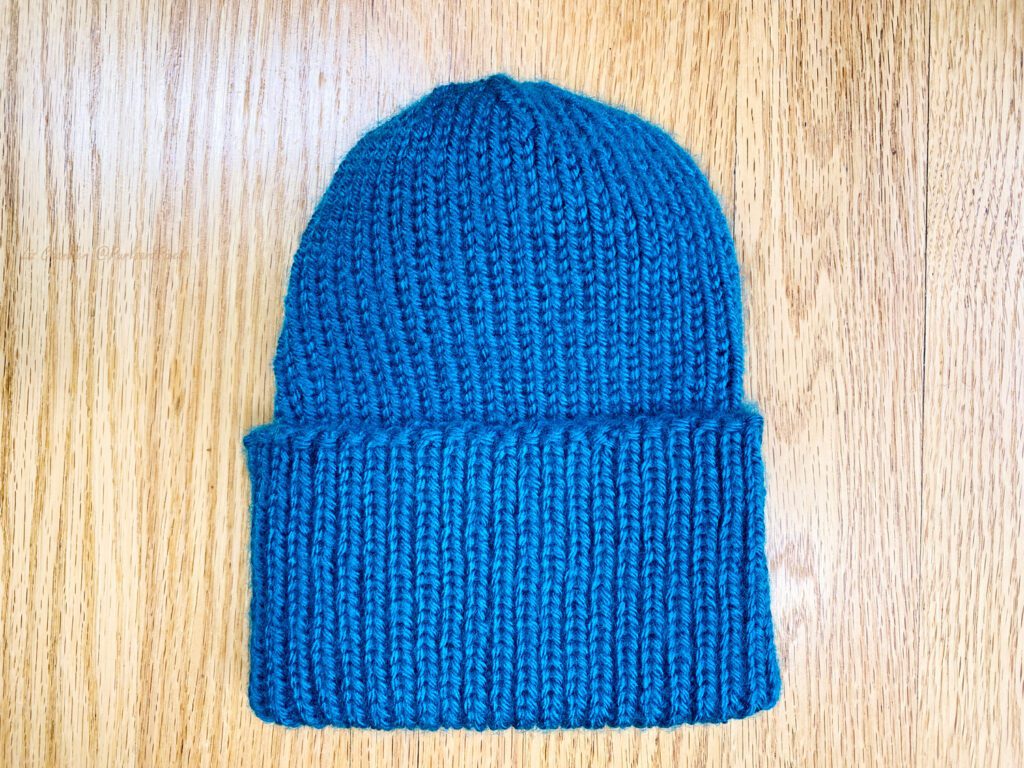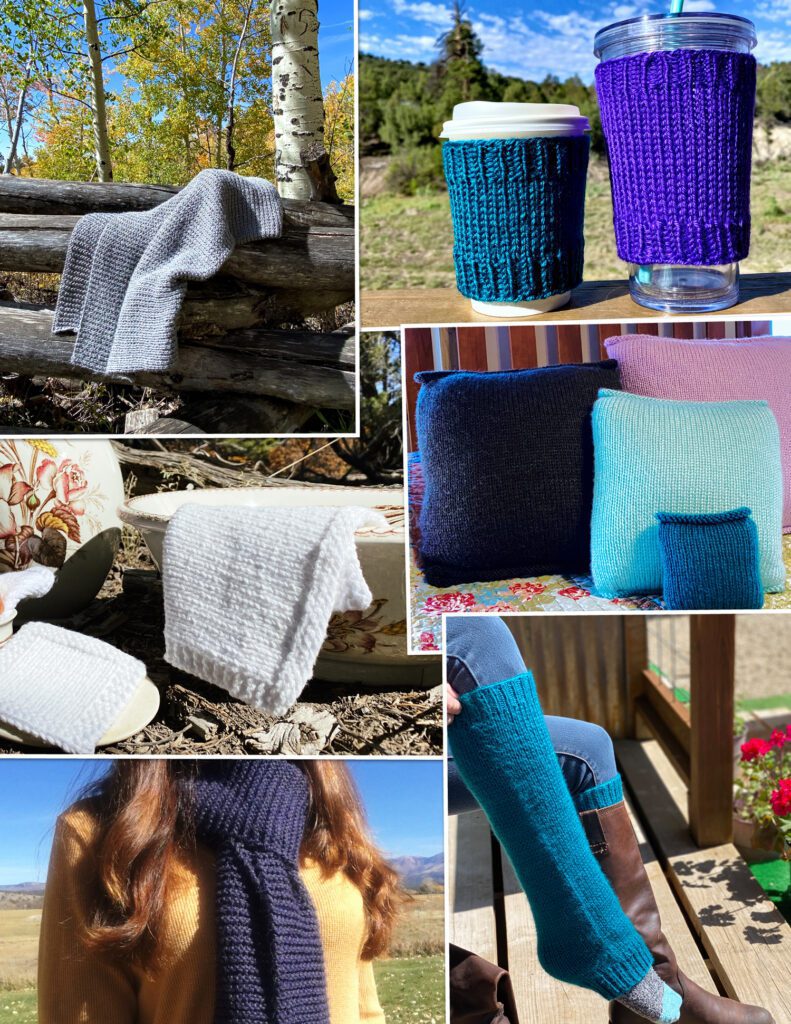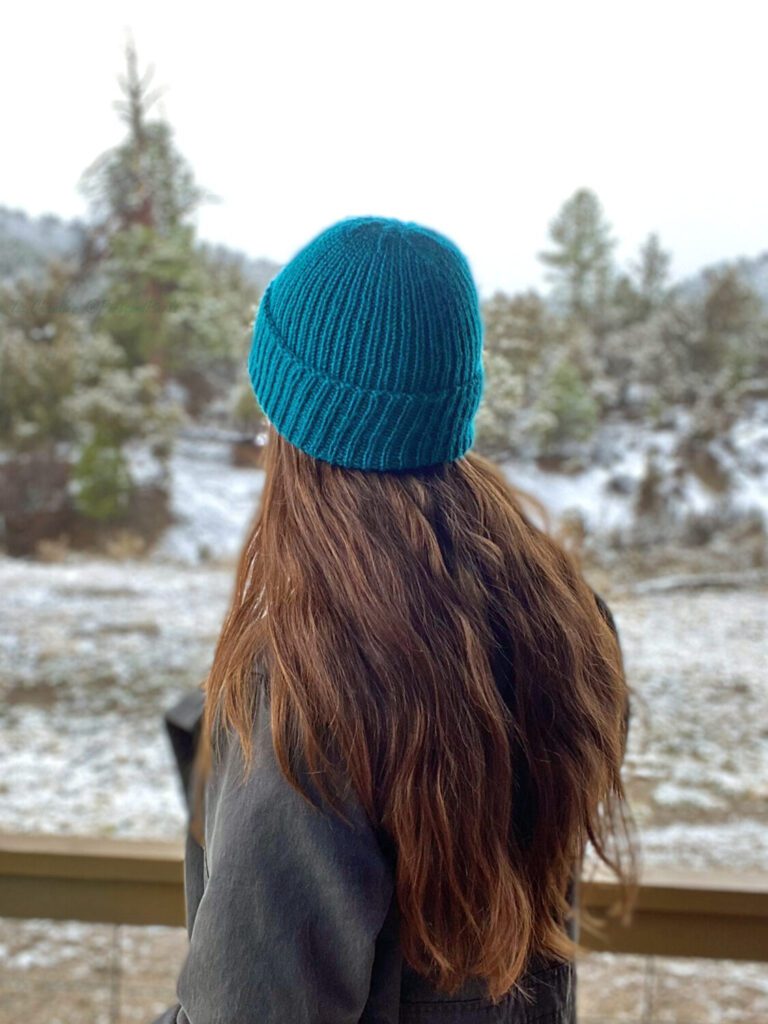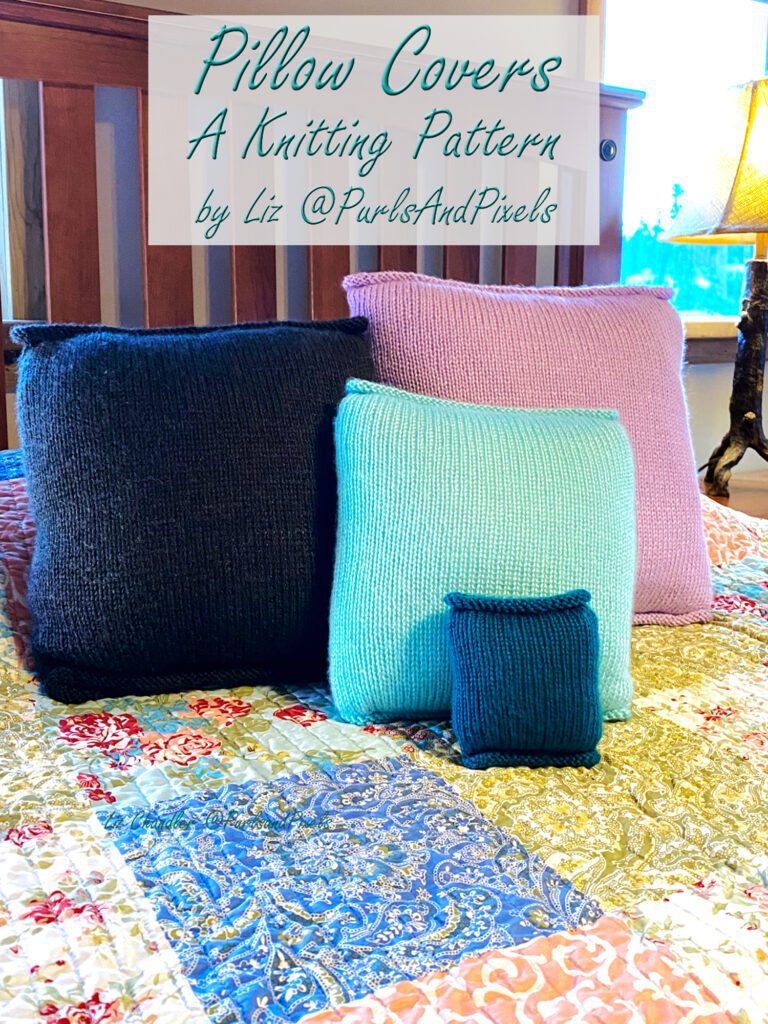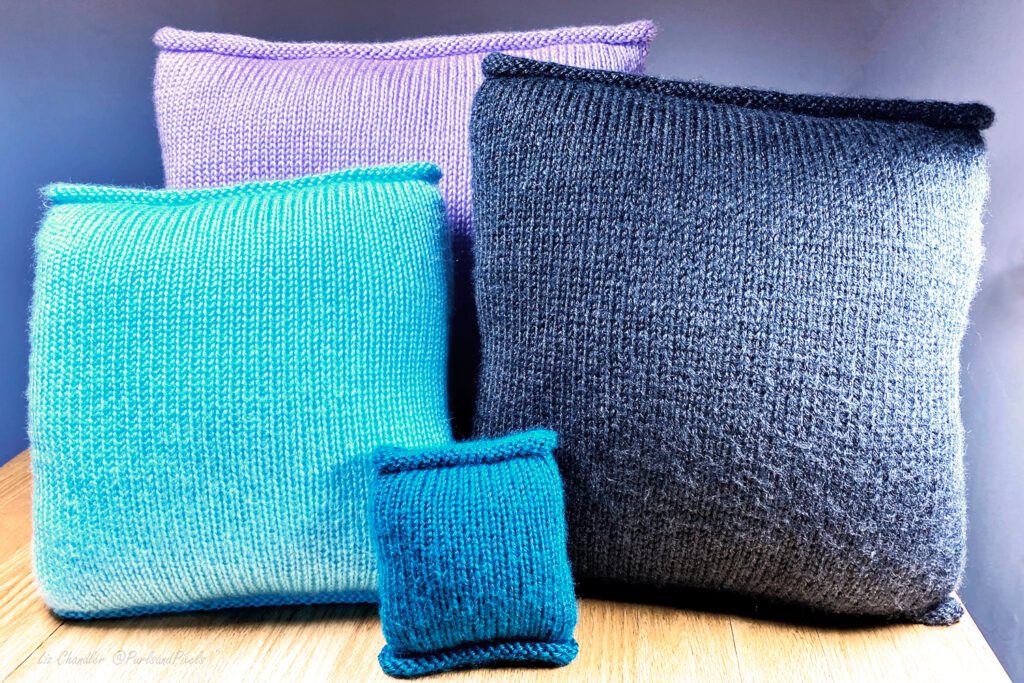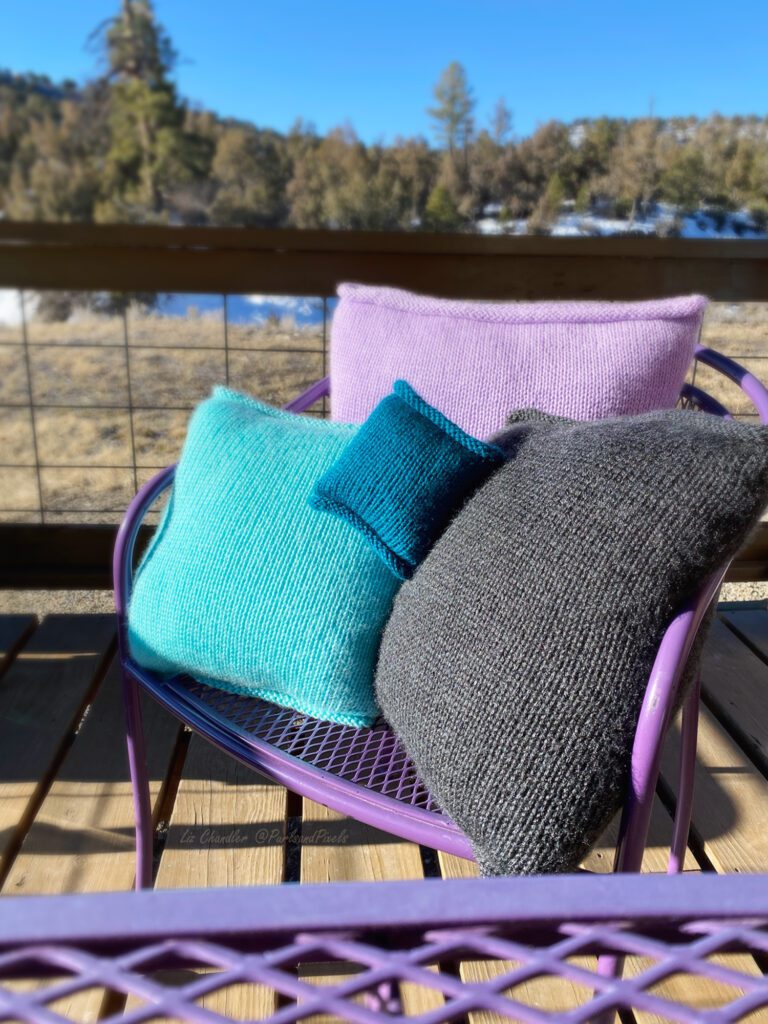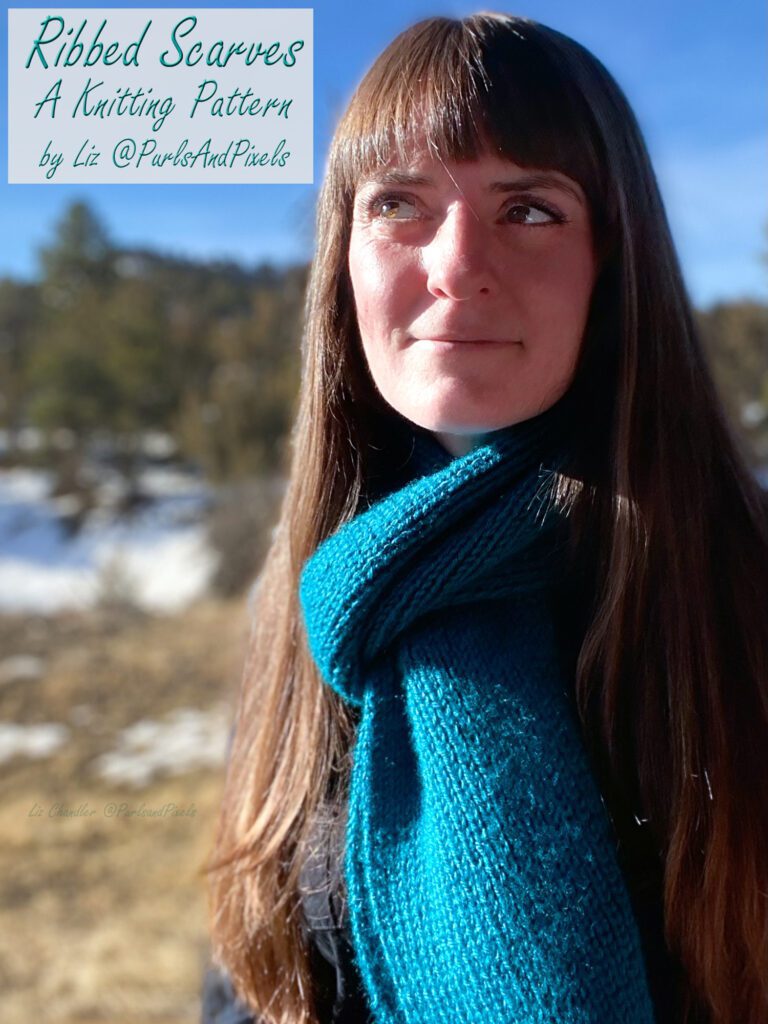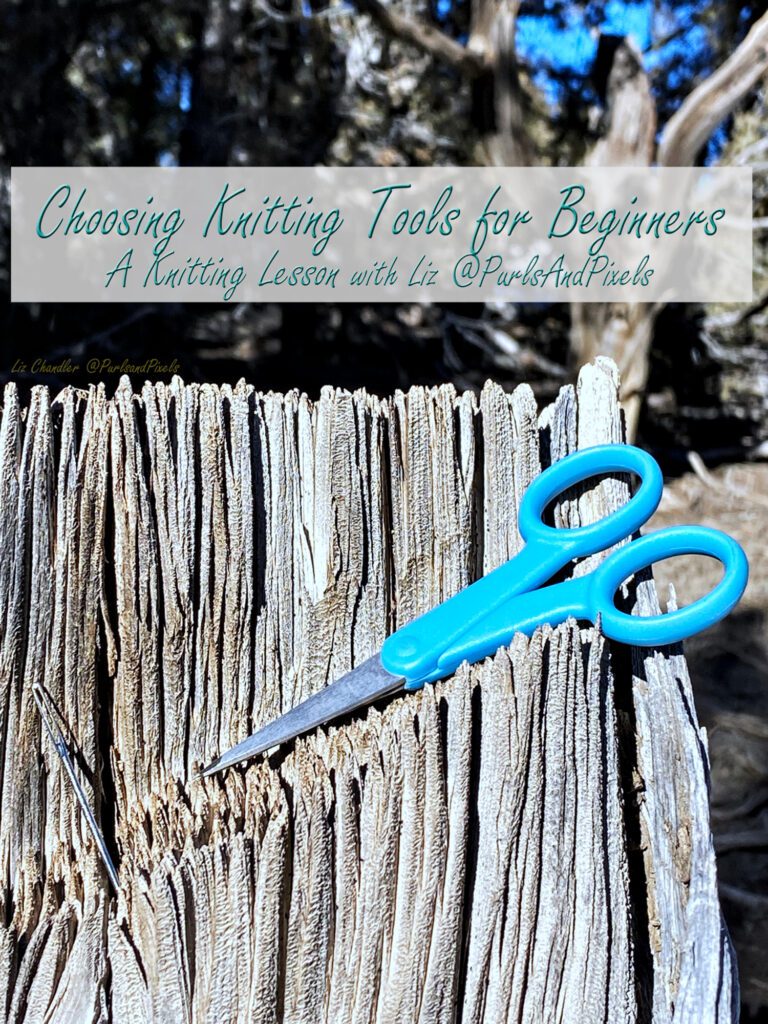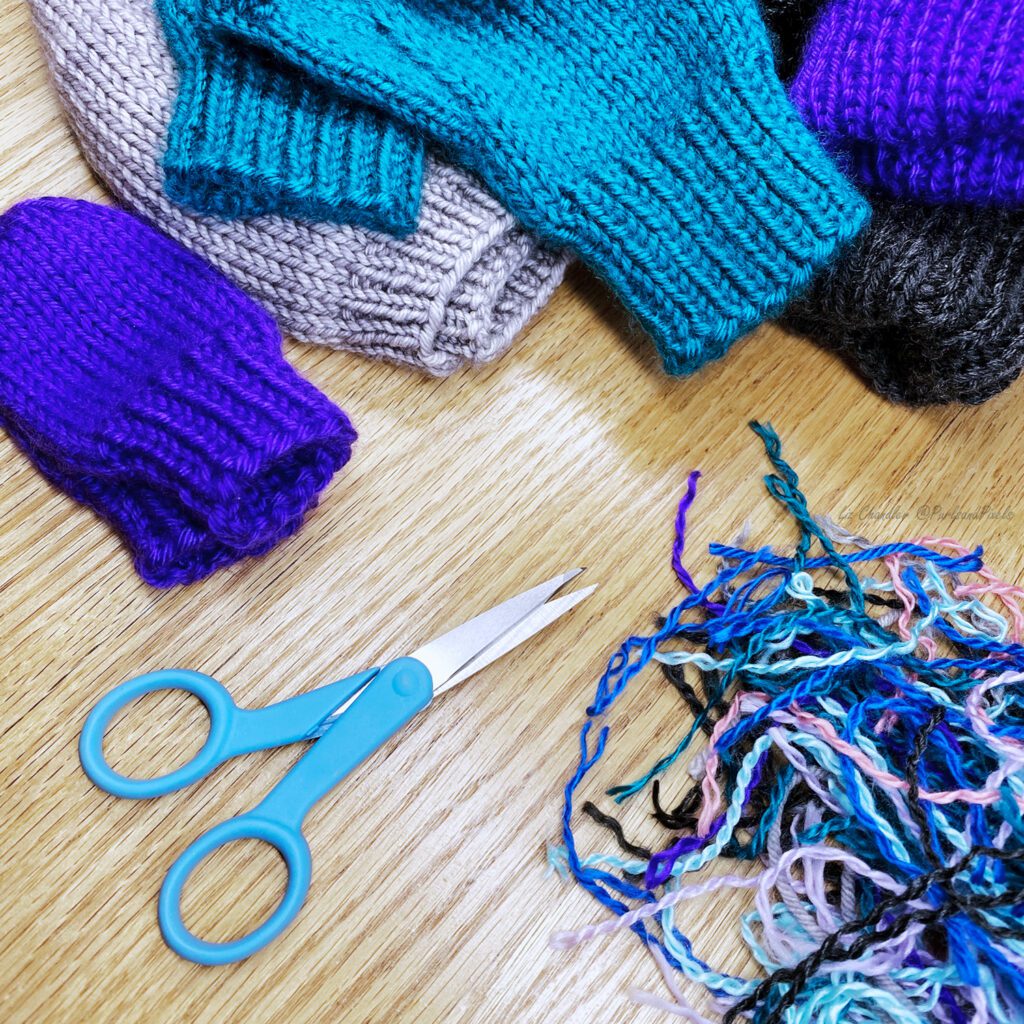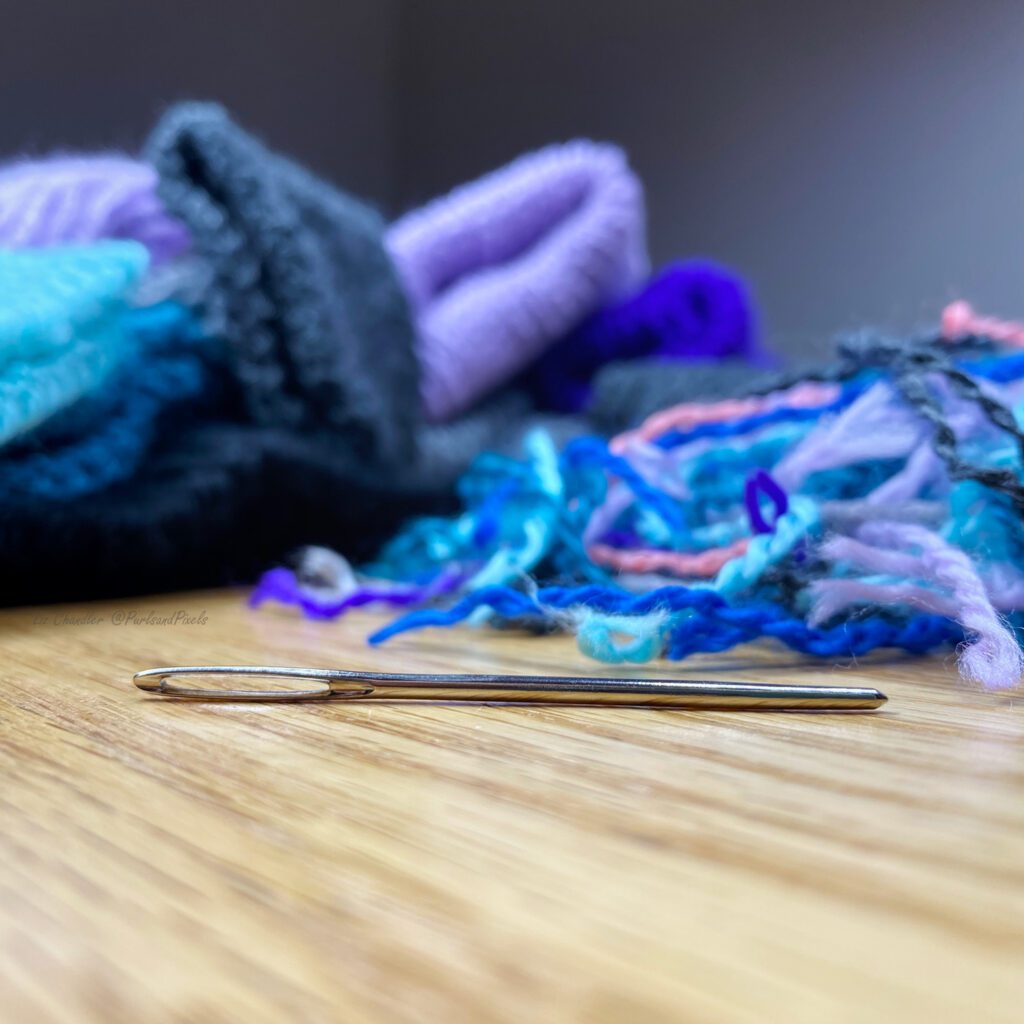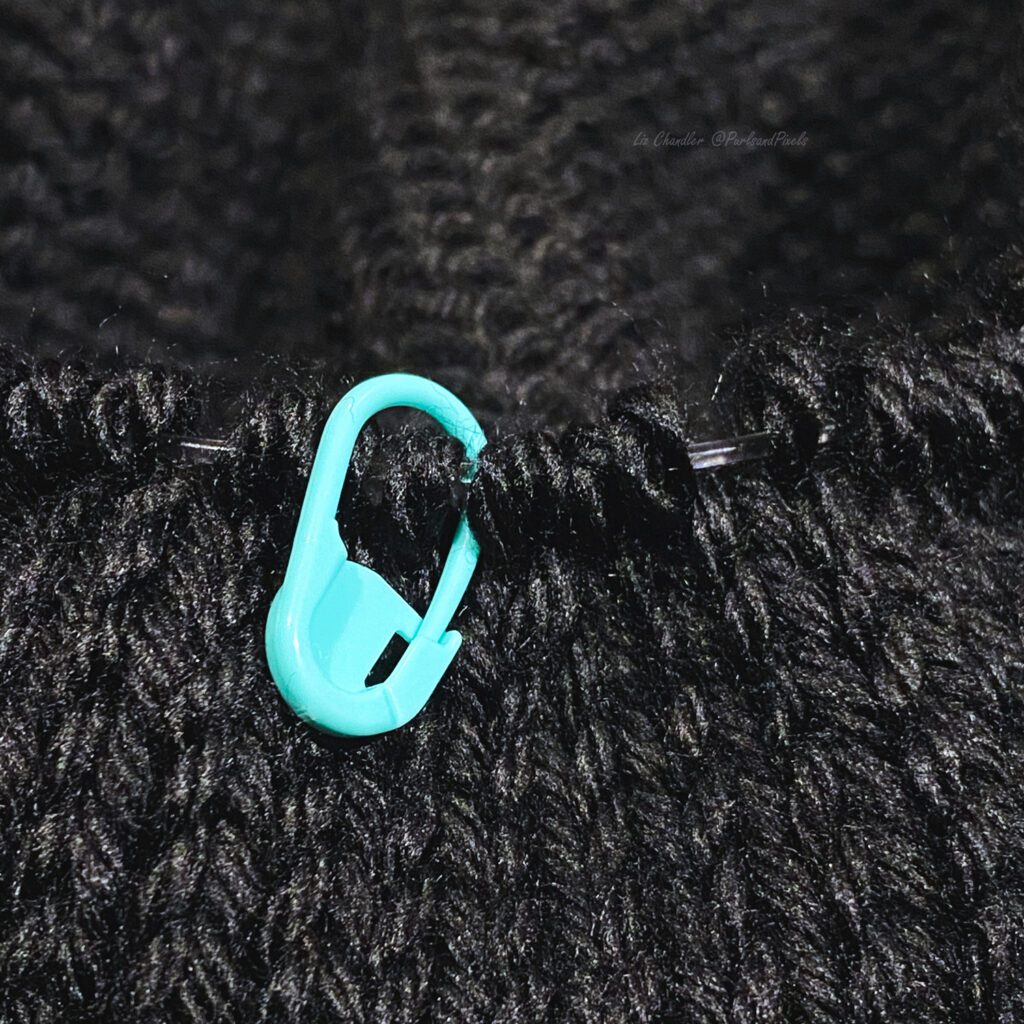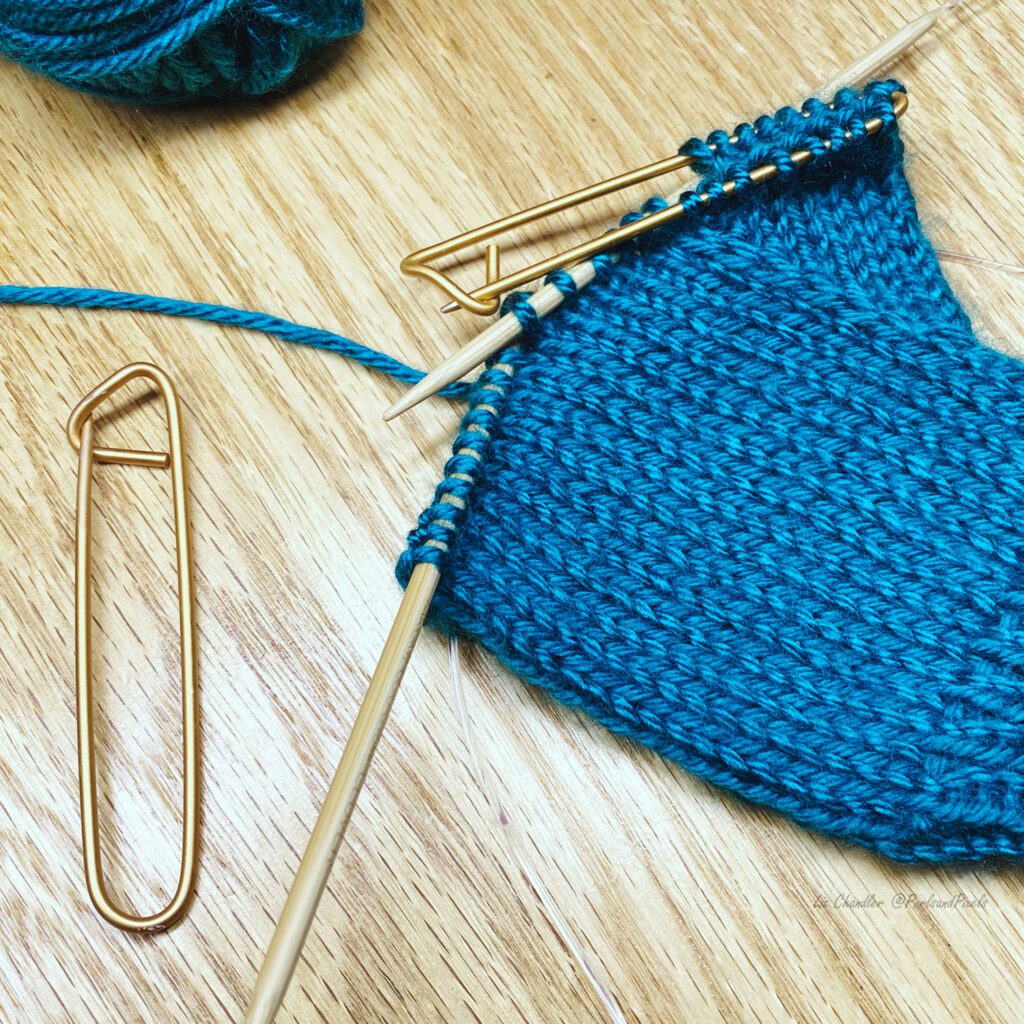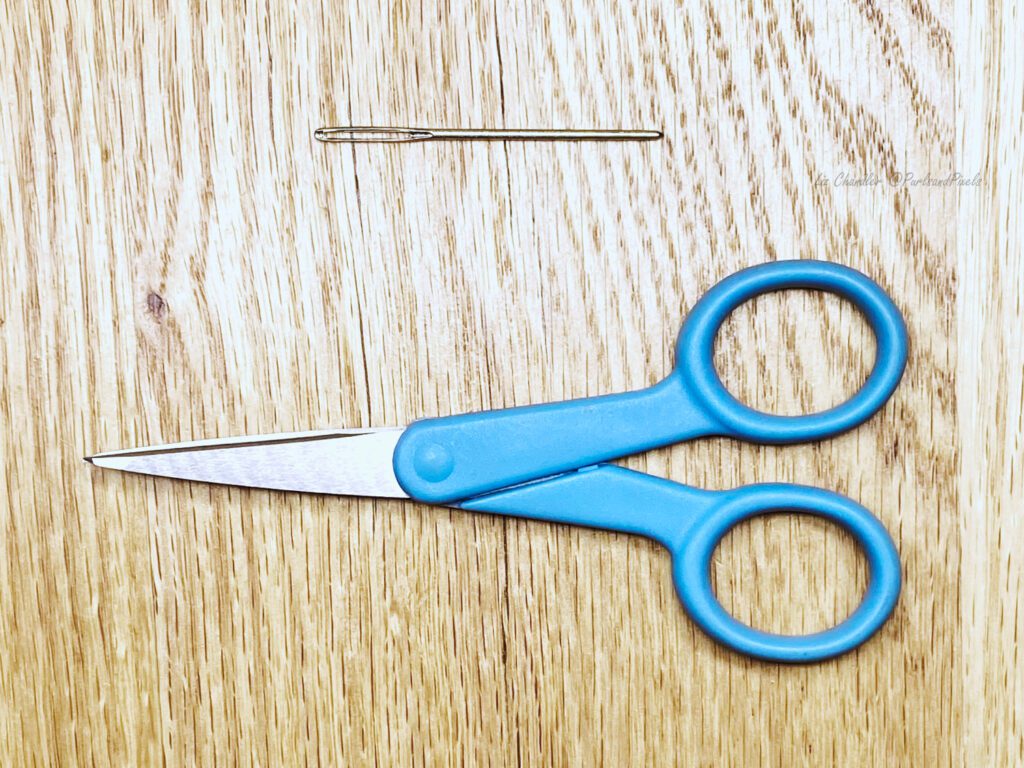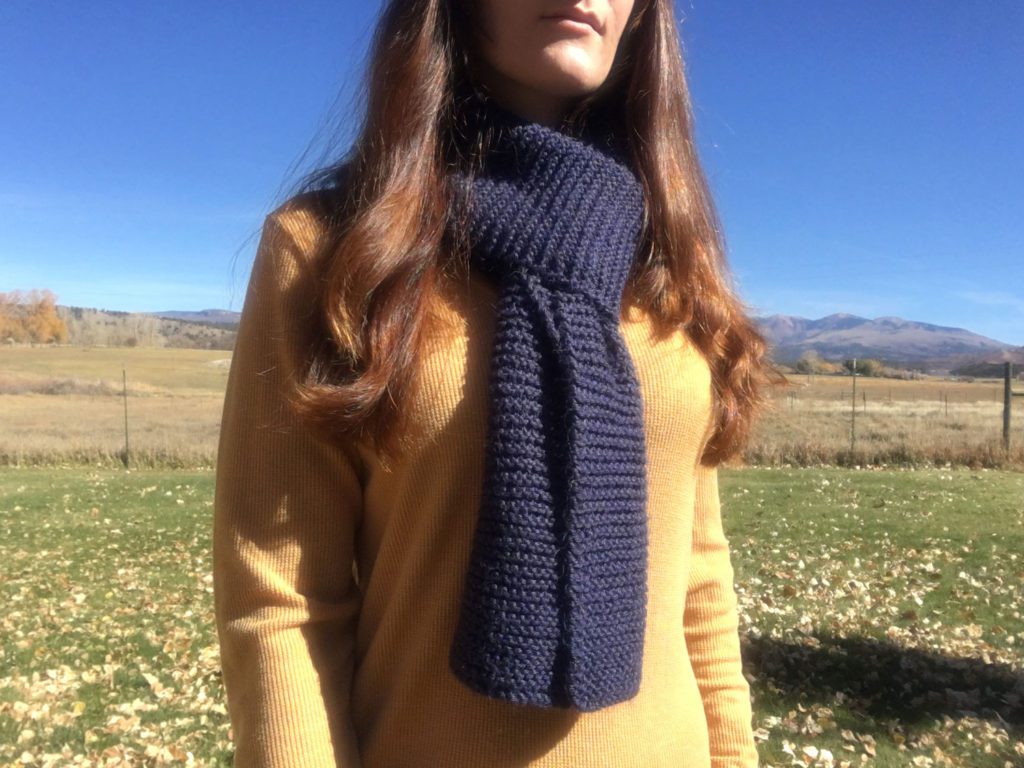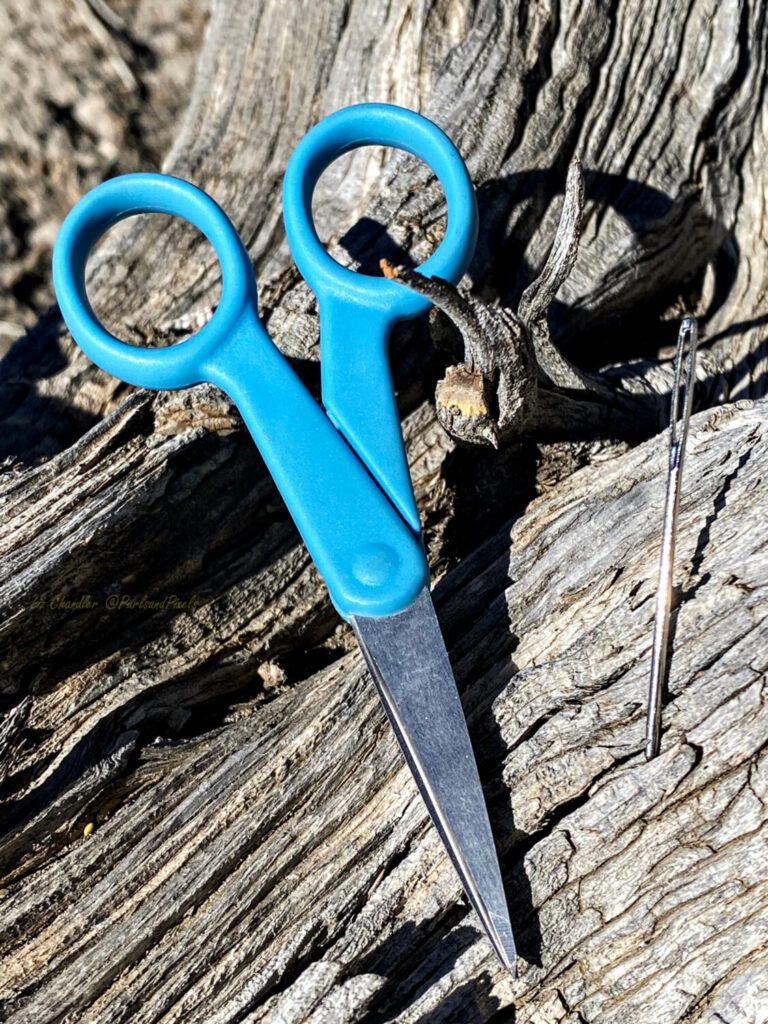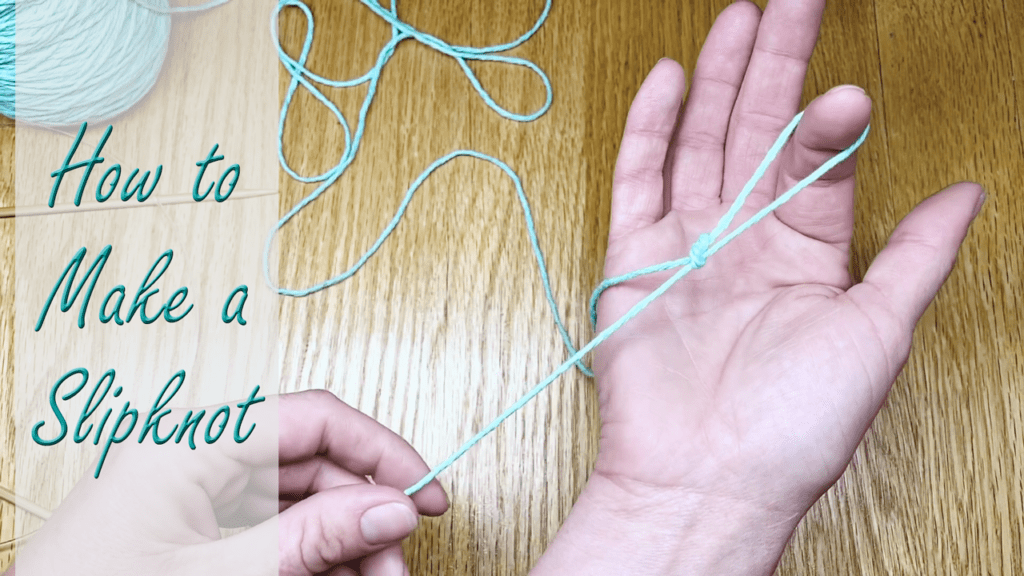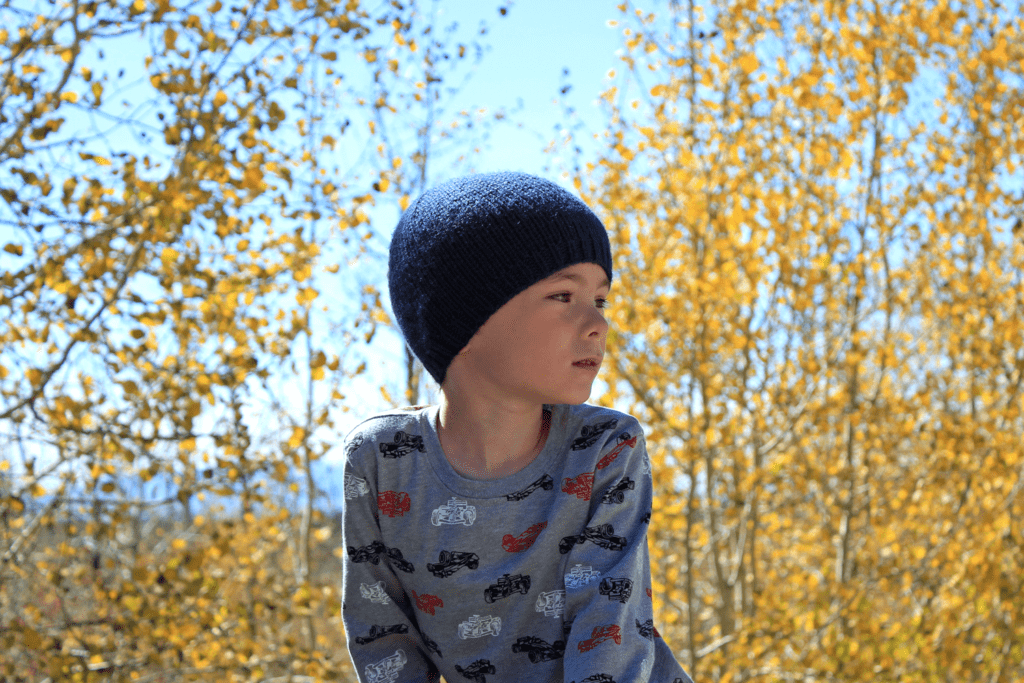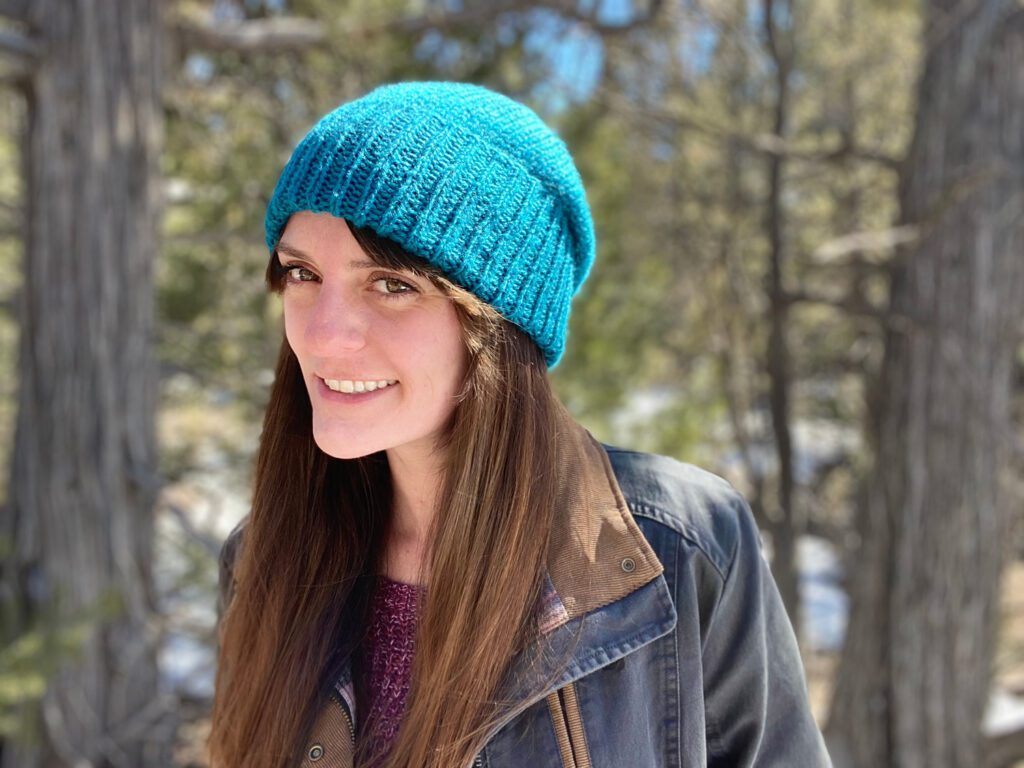
Minimalist knitting patterns are simple to knit and you can make them over and over again. But your plain knitwear does not have to stay plain. Try to customize knits to fit your personal style. You can take any simple pattern and spice it up by adding decorations or changing the yarn design.
Customize Your Knitting

Once you have learned to knit the basic patterns, you may want to find a way to make simple designs a little more unique. Choosing a colorful, variegated yarn is a great way to spice things up. Try a new material, like wool, alpaca, or silk.
Add pom-poms, tassels, bows, or faux flowers. If you are familiar with embroidery, stitch embroidered embellishments onto your knitwear using your darning needle and yarn.
Substitute Yarn
You can alter the look of a knitted item dramatically just by changing the recommended yarn. Experiment with both color and yarn material to create your own, one-of-a-kind knit. The most important thing to keep in mind when substituting yarn, however, is to choose yarn that is the same weight as the recommended yarn. When working through my beginners’ lessons make sure you select a “worsted weight” yarn.
You can also try working with different yarn materials. Each type of fiber that is spun into yarn has its own unique look and feel, so changing the yarn material can change the texture of your knit pieces. When substituting yarn, choose materials that are similar to your starting yarn. For example, wool and alpaca make excellent substitutes for acrylic yarn; they are soft, stretchy, and warm. Try a bamboo-based yarn instead of cotton, since it is absorbent and holds its shape.
Explore the wide array of colors and try a few of your favorites. Yarn-makers offer solid color yarns in every shade of the rainbow. Or, add pattern and depth to your knitting by working with a multicolored or ‘”variegated” yarn. Skeins of variegated yarn are dyed with different sections of coordinated colors; they allow you to knit in multiple colors without switching balls of yarn. Some variegated yarn is even made to be “self-striping;” it is dyed in sections that create the illusion of separately knit color stripes.

Find my recommendations for substitute worsted weight yarn here.
Add Decorations and Embellishments
Let your imagination run wild when it comes to decorating your finished knits. Handmake or purchase fun accents to compliment your knitwear. To any simple knit, consider adding:
(Links above lead to Amazon.com associates shopping.)
Find Simple Patterns

You can customize any of my simple knitting patterns using these ideas. Changing the yarn color, material, or decorating hats, gloves, headbands, and legwarmers makes these classic knits unique.
Find the patterns here.


